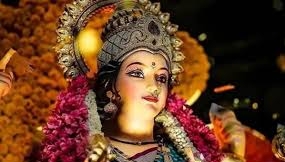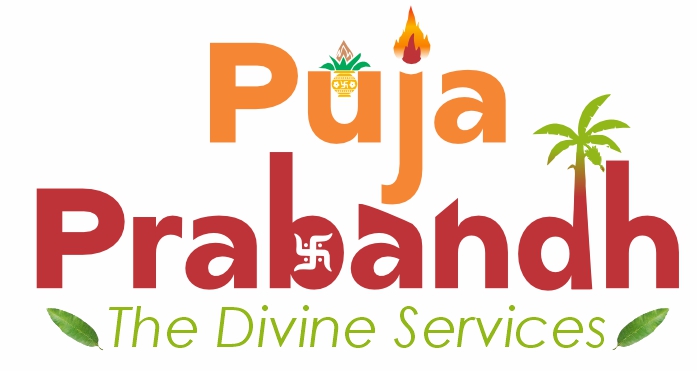
Durga Ashtami Puja, also known as Mahashtami, is one of the most significant days of the Navaratri festival, celebrated on the eighth day (Ashtami) of Shukla Paksha in the month of Ashwin (September–October). It is dedicated to Goddess Durga and her powerful form known as Mahishasura Mardini, the slayer of the demon Mahishasura.
This day symbolizes the victory of good over evil, and it is believed that on Ashtami, Goddess Durga appeared in her fiercest form to destroy evil forces. Devotees perform the Durga Ashtami Puja with great devotion to seek strength, protection, and blessings.
The puja begins with Kalasha Sthapana and invoking Goddess Durga in her eight-armed form, seated on a lion, holding various weapons gifted by the gods. The rituals include:
- Offering red flowers, sandalwood, vermilion (kumkum), betel leaves, coconuts, and fruits
- Lighting oil lamps and incense sticks
- Chanting of Durga Saptashati, Ashtottara Shatanamavali, and mantras like “Om Dum Durgayei Namaha”
- Performing aarti with conch and bells
One of the most important aspects of Durga Ashtami is the Kanya Puja or Kumari Puja, where nine young girls representing the Navadurga are worshipped. Their feet are washed, and they are offered new clothes, bangles, food, and gifts. This ritual signifies the feminine power (Shakti) and the purity of devotion.
Many devotees observe a fast, and temples organize special homas and bhajans. In Bengal, large-scale celebrations with pandals, cultural programs, and devotional dances (Dhunuchi Nritya) take place.
Durga Ashtami Puja instills spiritual energy, inner strength, and the courage to overcome negativity. It is a day of deep worship, cultural unity, and honoring the divine feminine.

